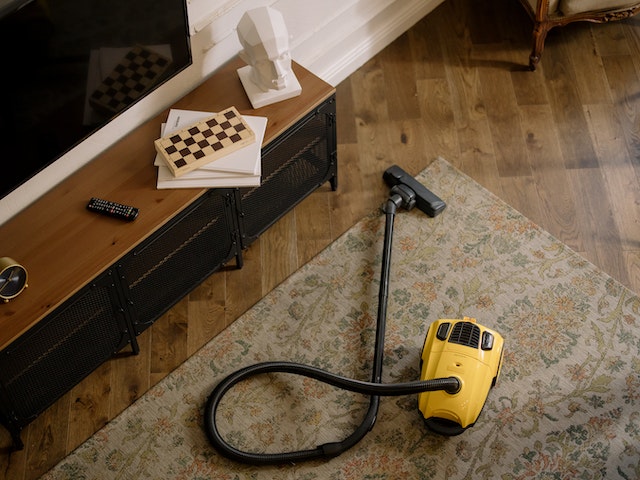Building a new home is usually a daunting task, with several stages involved, some of which cannot be completed until other projects are done, it can be a headache. Most of us who build our own homes will either hire a general contractor or hire tradespeople ourselves (often referred to as direct labor).
Whatever path you take, it’s crucial to have a roadmap that everyone can understand so that you know how far along the project is at any given time. In general, the concept of first and second fixes is useful because many trades cannot complete all of their work simultaneously.
They must first build an ‘infrastructure,’ and then return later to complete their responsibilities. Unfortunately, the phrases first and second fix are not legally defined and are subject to wide interpretation.
Table of Contents
The first and second fixes are words that are commonly used in all types of construction work. But what exactly do they indicate, and how can you tell if they’re done correctly?
In general, the first fix refers to constructing a building from the foundation to the plastering of the inside walls. This includes a wide range of jobs like building walls, ceilings, and floors and installing wiring and plumbing for future connections.
The building isn’t even close to being habitable at the end of this phase. Some individuals describe the first fix as beginning once the building’s shell is complete.
After the plastering is completed, the second fix involves all the labor required to complete the house and make it habitable. Electrical fixtures are linked to cables, sinks and baths are linked to piping, doors are placed into their frames, etc.
In really modern dwellings, there may be a third fix when equipment is placed after everyone else has completed their responsibilities. This is because so much high-tech equipment is sensitive to even trace levels of dust and dirt in the air.
Most general contractors perform both the first and second fixes. However, some specialists, such as joiners/carpenters, only perform the second fix.
When it comes to second-fix-related tasks, if they are planned, smooth lumber that would ordinarily be painted or stained will be considered second-fix work.
It will probably assist if you have a clear set of definitions for what the first and second fixes will entail on your specific build before you begin. This can help prevent future issues if your builder says he expects to be compensated for the second fix. But is this dependent on when the second fix begins or when it is completed? Project managers are skilled at navigating these grey areas.
What happens during the First Fix phase of home construction?
- Your London based electrician will install the minimal bones of the electrical system, such as sockets, switches, and light fixtures — much of this work will be hidden once your house is finished.
- Heat recuperation Ducting for ventilation: This should be done before any additional services are installed beneath the concrete slab (If the home is built with a timber frame, ventilation piping must be installed before partition walls and flooring may be installed).
- A plumber will install your water supply, wastewater drainage, and heating system plumbing.
- Ducting for your Central Vacuum System will need to be put within the interior walls after the stud walls have been installed but before any plasterboard is applied.
What occurs during the Second Fix when you’re building a house?
Much of the finishing work is accomplished during the second fix, which occurs after the home has been inside plastered. The items stated below may be included in the Second Fix:
- Along with your light fixtures, your electrician will place faceplates on light switches and plug outlets. All the plumbing appliances will be connected properly, tested, and commissioned. The main fuse board will be connected, allowing all wiring to be tested – all light switches and plug outlets should operate and be safe at this stage. This includes bathroom sanitary ware, radiators, and boilers to ensure that when the water is turned on, it does not all end up on the floor!
- When the plastering is nearly finished, the Central Vacuum System ducting will be installed on the floors before the floor screed is poured. A 4-inch trench duct to transport the vacuum pipe must also be built at this point for central vacuum units installed in a detached garage.
- After the plastering, your joiners will complete all of the final details to complete the house. This includes installing internal doors, skirting boards, architraves, and kitchens.
- The remainder of your fixtures and electrical fittings, including kitchen and bathroom electrical appliances, will be installed properly.
Common electrical second-fix procedures
A wide range of electrical duties may arise during the second fix stage, including some of the previously stated activities. To refresh your memory, here’s a closer look at a handful of them.
Note: One simple but necessary reminder: turn off the power source before doing any of these tasks.
1. Installing shaver sockets and other electrical outlets
Again, most of the detailed work will have already been completed, but you will need to install the socket and connect its wires to the main circuit.
2. Installing an extractor fan
The majority of extractor fans are connected to the light circuit, which means they turn on and off in response to the light switch. You’ve already laid the cables that will link the fan to the circuit; all that remains is to connect those wires to the ones in the fan unit.
3. Installing light fixtures
During the first repair step, you ran all of the cables for the bathroom lights through the walls and ceiling. You won’t need to do much more if the bathroom merely has a simple ceiling light, such as a pendant light, at this point. You may not think much of it, yet a simple electrical fix or replacement might mean the difference between your death and life in most houses. But, if you are not interested in technical concerns, our team of specialists will gladly assist you in your First and Second fixes electrical cases.










